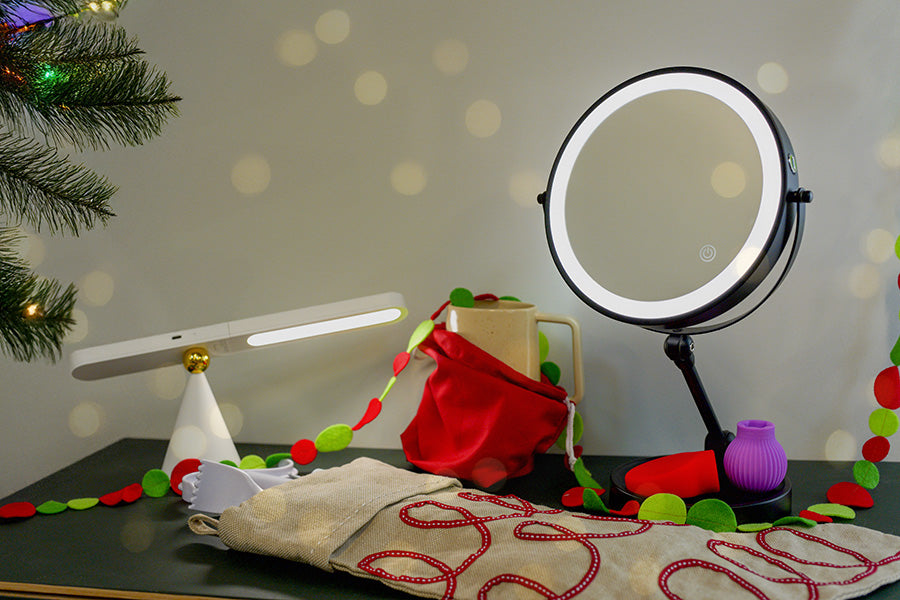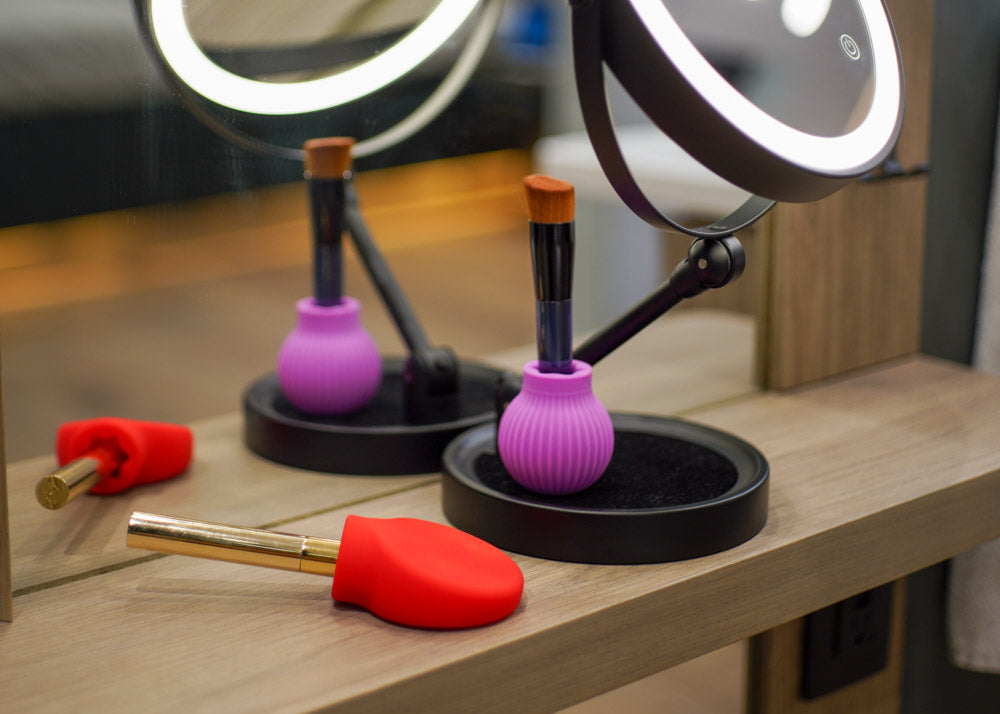Accessible Hotel Rooms Miss the Mark
Here’s What We’re Doing About It.
When you enter a hotel room, you expect a space that feels welcoming, restful, and easy to navigate. But for many travelers who rely on accessible rooms, that promise falls flat. Instead of thoughtful comfort, they find rooms that feel clinical, inconvenient, and sometimes even unsafe.
Beds too high to transfer into. Grab bars installed in the wrong place. Showers that flood the bathroom floor. Outlets hidden across the room instead of beside the bed. These are the real stories we heard when we asked travelers to share their experiences. And while every accessible room technically meets code, it’s clear that most of them fail the people they’re meant to serve.

Capella Returning to IDS 2025
Last year at the Interior Design Show (IDS) Vancouver, we set out to prove a point: accessibility can be beautiful. This year, we’re taking that vision on the road by checking into a hotel room. Capella Design has been invited to participate in the Night & Day Feature, an immersive showcase exploring a future hotel design.
For us, that means reimagining the accessible hotel room. Not as a box to be ticked, but as a destination that truly welcomes every guest. Our installation blends what we’ve heard from real travelers with our mission to design products that are as functional as they are beautiful.Because for us, inclusive design isn’t a side note in hospitality, it’s the future.

What we learned speaking to Travelers
Ahead of IDS 2025, we set out to do something simple: ask people who’ve stayed in accessible rooms what worked and what didn’t. The responses were honest, specific, and eye-opening.
- “The shower bench was too low, and the shampoo was out of reach.”
- “The bed was so high I couldn’t transfer without help.”
- “The outlets were across the room — impossible to reach from bed.”
- “The curtains looked great but I couldn’t even close them.”
These aren’t minor inconveniences. They’re reminders that in spaces meant to be safe, people are still forced to struggle, improvise, or go without. The message was clear: accessible rooms may meet the code, but they’re failing the guest.
Who We Partnered With
Expert voices were also essential in shaping our vision. We partnered with CHY Design, led by interior designer Hannah Cheng, whose elegant and functional approach to aging-in-place has been recognized across Canada. We also worked with Julie Sawchuk, an internationally recognized accessibility strategist and author whose work is helping to redefine how inclusive spaces are designed. Alongside them, we collaborated with accessible interiors specialists, including Blue Copper Design, and advocates like Vancouver’s Equal Access Collective. Their combined insights helped us move beyond code to create an installation built with style and real-world usability, because when expert knowledge and lived stories unite, design becomes both beautiful and truly accessible.

Why We’re Taking This On
At Capella, we’ve always believed accessibility should feel intentional, not like a compromise. Our products are built to disappear into the home, offering safety and support without sacrificing style. But as we listened to travelers, we realized the same problem exists beyond the front door. Hotels are missing an opportunity. Instead of treating accessibility as a checklist, what if they treated it as a chance to elevate the guest experience?
What if an accessible room was the most inviting space in the building, not the most frustrating?
What You’ll See at IDS
Our installation reimagines the accessible hotel room. It’s a space built not just for compliance, but for comfort, ease, and delight. A place where clearances, bed heights, lighting, and shower design all come together seamlessly because they were designed with real people’s stories in mind.
IDS is about what’s next in design. For us, that means rethinking how accessibility shows up in everyday spaces, from private homes to public stays. This year, we’re proud to showcase how much better an accessible hotel room can be when we listen to the people who use them.
Come see it for yourself at IDS Vancouver 2025, from September 25-28 at the Vancouver Convention Centre West.



